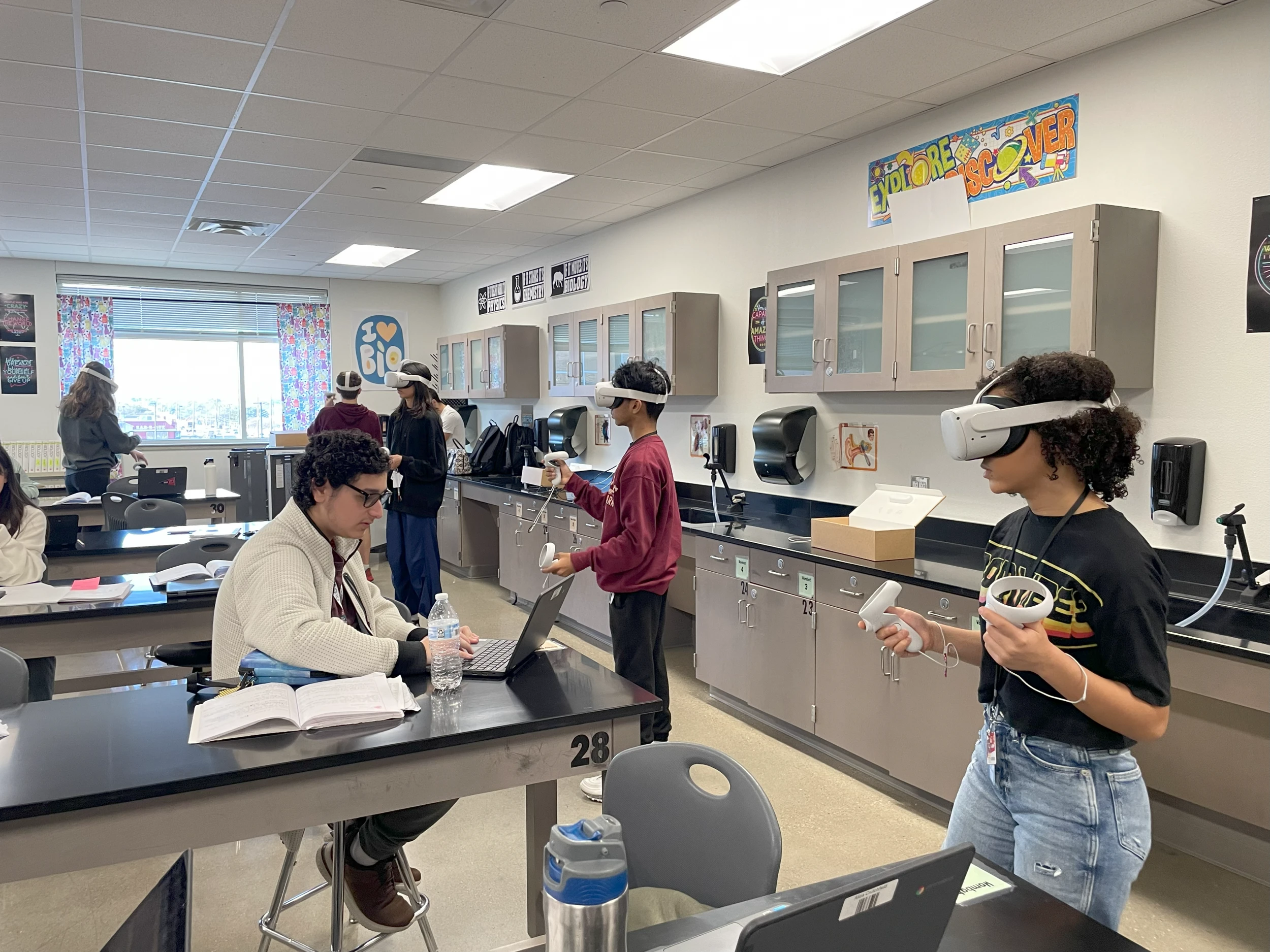Allergy Test VR
A VR experience designed to reduce anxiety for pediatric patients undergoing food allergy testing at Stanford Children's Hospital.
00
problem
Oral Food Challenges (OFCs) are medical procedures in which a patient eats gradually increasing doses of a suspected allergen under supervision to confirm or rule out a food allergy. For young patients, anxiety during the test can elicit stress responses that mimic allergic symptoms, complicating diagnosis. The goal was to find a way to reduce anxiety during dosing, making the procedure faster, more comfortable, and more accurate for both patients and medical staff.
solution
We designed a VR game that transforms the most stressful part of the OFC, eating the allergen, into an empowering, goal-driven experience. The game uses spoon tracking as its main input, rewarding players for taking bites, while allowing staff to monitor progress and provide encouragement. This approach created a seamless bridge betwen medical procedure and interactive distraction, improving focus and cooperation during testing.
As the lead researcher and designer, I partnered closely with doctors, nurses, and patients at the Sean N. Parker Center for Asthma and Allergy Research. Our aim was to understand how anxiety manifests throughout the OFC process and how immersive technology could help.

We began with three distinct studies. The first focused on need-finding among doctors and patients. The second assessed usability and comfort with VR in a medical setting. The third evaluated feasibility through a pilot MVP. Over months of observation at the Stanford Children's Hospital, we mapped the entire patient journey, noting points of stress, distraction, and recovery.
Our research revealed that the hospital environment itself contributed significantly to children's anxiety. Distraction tools like iPads helped between doses but did little during actual eating. The biggest challenge was the act of eating the allergen itself, which often triggered tantrums or refusal.
We defined clear design goals:
Create a VR experience that could be used during dosing, not just between doses
Make eating the player's primary input so that every bite feels like progress
Give staff control over the experience to adjust pacing or encouragement
In the final game, patients gained magical powers by consuming glowing energy orbs. Each bite strengthened their abilities and advanced the story, turning an anxious medical procedure into an imaginative act of courage. Through this mechanic, the most difficult part of the OFC became the player's moment of empowerment.
The MVP was handed off to hospital researchers in early 2020. The feasibility study was published in The Journal of Allergy and Clinical Immunology. Most participants reported reduced anxiety and expressed a desire to use the experience again for future OFCs.
01
02
see also






